Ever wish your art projects could shift colors right before your eyes? Chameleon powder makes that possible.
This fine pigment changes color when you look at it from different angles or under different lighting. The result is a dynamic, color-shifting effect that feels almost magical.
Chameleon powder is a special pigment that reflects light in varying ways, creating a smooth transition between multiple colors.
You can mix it into resin, paint, nail polish, or even automotive coatings. The finishes stand out in a way that’s hard to ignore.
Artists, DIY folks, and designers love it for adding depth and movement to their work. It’s just so versatile.
Whether you want a subtle shimmer or a bold shift, chameleon powder gives you endless ways to make your projects pop.
Experiment with the resin color powder collection for stunning effects.
What Is Chameleon Powder?

Chameleon powder is a color-shifting pigment made from synthetic mica coated with metal oxides. You can use it to add a reflective, multi-tone finish to resin, paint, plastic, or cosmetics.
Its unique surface changes how light bounces off, creating a visible color shift depending on the angle and lighting. It’s a neat little trick of the eye.
Color-Shifting Properties
Chameleon pigments show two or more colors that shift when you move the item or the light. One powder might look green, blue, or purple, all depending on how you look at it.
This happens because thin layers of metal oxides, like titanium dioxide, bend and reflect light in different ways. The thickness of these layers sets how the color shifts.
The strongest results show up when you use the pigment over a dark base, like black epoxy or paint. On lighter bases, the effect gets softer and less dramatic.
Many folks use it in resin art, automotive coatings, and nail polish for that smooth, mirror-like shine.
|
Base Color |
Resulting Effect |
|
Black |
Deep, bold color shift |
|
White |
Softer, pastel-like change |
|
Metallic |
Reflective, subtle transition |
How Chameleon Powder Differs from Standard Mica Powder
Regular mica powder adds static color and shimmer. Chameleon mica powder adds dynamic color movement.
Both start with mica flakes coated with pigments, but chameleon versions use several oxide layers to create interference colors. Standard mica gives sparkle, while chameleon mica gives depth and motion.
The difference is clear when you tilt your project and see the color morph. Chameleon pigments usually have finer particle sizes, which means a smoother finish.
Standard mica powders work well for solid tones, but chameleon powders are better when you want a color-shifting, high-end look.
Origins of Chameleon Pigments
Chameleon pigments came from advances in optical coating technology. Scientists found that layering thin films of metal oxides on mica flakes created effects like those in butterfly wings or beetle shells.
At first, companies used them for automotive coatings. Later, people started using them in cosmetics and crafts.
Synthetic mica replaced natural mica, making production more consistent and eco-friendly. Now, you’ll find chameleon mica powders in fine powders, flakes, and more intense versions—each with a different level of brightness and shift.
And for extra shine, read our article, How to Polish Resin to High Gloss Fast & Easy.
How Chameleon Powder Works

Chameleon powder changes color because its thin layers reflect and bend light. The effect comes from the structure of the pigment, not from dyes or chemical colorants.
Layered Metal Oxide Technology
Each particle of chameleon mica powder has thin coatings of metal oxides, like titanium dioxide or iron oxide. These layers sit on a base of natural or synthetic mica.
By changing the thickness of each layer, manufacturers control how light waves bounce off the surface. Thicker layers shift the color toward red or gold, while thinner layers lean toward blue or green.
This structure gives the powder its color-shifting magic without extra pigments. The result is a durable material that keeps shining in resin, paint, or cosmetics.
|
Layer Type |
Common Material |
Function |
|
Base Layer |
Mica platelets |
Provides smooth surface |
|
Middle Layer |
Titanium dioxide |
Reflects and refracts light |
|
Outer Layer |
Iron oxide or silica |
Adjusts tone and durability |
Each flake acts like a stack of tiny reflective sheets that catch light from different angles. That’s what makes the color shift as you move around it.
Light Interference and Iridescence
The color change comes from light interference. When light hits the layered surface, some wavelengths bounce off the top layer, while others reflect from deeper layers.
These waves overlap, making some colors stand out and others fade. The angle between your eyes, the light, and the coated surface decides what color you see.
This is the same trick behind the colors of soap bubbles or butterfly wings. In chameleon powder, the effect is controlled, so you can guess how it’ll look in your project.
When you brush or mix the powder onto a dark base, the contrast makes the colors pop. That’s why so many people use black resin, paint, or polish to show off the pigment’s full iridescence.
Start small with our UV resin starter kit collection to test your designs.
Types of Chameleon Powder

You’ll find different types of chameleon powder, each with its own look and best uses. The main differences are how fine the pigment is, how strong the color shift appears, and what’s in the powder.
Chameleon Mica Powder
Chameleon mica powder uses synthetic mica flakes coated with metal oxides. The colors shift gently as light hits from different angles.
This type works best in resin art, nail polish, and automotive coatings when you want a soft, pearly shimmer. The mica base is light, so it blends easily with epoxy, acrylic, or water-based mediums.
|
Feature |
Description |
|
Base Material |
Synthetic mica |
|
Color Effect |
Smooth, subtle shift |
|
Best For |
Resin crafts, cosmetics, coatings |
You can mix it right into clear mediums or dust it onto molds before pouring resin. It gives a polished, professional look without being too bold.
Intense Chameleon Powder
Intense chameleon powder gives a stronger, sharper color shift than standard mica powder. It uses higher-grade pigments that reflect light more dramatically, so you get vivid transitions between colors.
If you want high-impact results, like in custom car finishes or statement resin pieces, this is the way to go. You only need a little to get deep, saturated tones.
To use it, start with a dark base—usually black—to make the shift stand out. The contrast makes the color transition really pop and gives your work a dynamic look that changes with every angle.
Chameleon Flakes
Chameleon flakes are larger, reflective pieces instead of fine powder. They make a textured, multi-dimensional surface that flashes in the light.
The effect is more dramatic than mica powder and works well for decorative coatings or jewelry designs. Sprinkle the flakes onto tacky resin or mix them into clear mediums. The uneven surface adds sparkle and depth.
|
Feature |
Description |
|
Particle Size |
Larger flakes |
|
Color Effect |
Bold, reflective shift |
|
Best For |
Jewelry, art finishes, coatings |
Use flakes when you want a high-shine, color-shifting finish that stands out from smooth pigments.
Check our article: What Is UV Resin? A Beginner's Guide To Resin Craft to understand how UV resin enhances your work
Creative Uses for Chameleon Powder

Chameleon powder gives color-shifting effects that change with the light and your angle. You can mix it into coatings, resin, or paints to create smooth finishes and color transitions that look different every time you glance at them.
Nail Art and Cosmetics
You can use chameleon pigments in nail art to make manicures that change between two or more colors. When you put it on a black or dark base, the color-changing effect really stands out.
Rub the powder onto cured gel polish before sealing it with a top coat. This helps the pigment stick and last longer.
In cosmetics, chameleon powder works in eyeshadows, lip glosses, and highlighters. Its fine texture blends smoothly, adding shimmer without feeling gritty.
Always check that the pigment is cosmetic-grade and safe for skin before using it in makeup.
|
Product Type |
Use Method |
Finish Effect |
|
Nail polish |
Rub onto gel base |
Metallic shift |
|
Eyeshadow |
Mix with base powder |
Iridescent glow |
|
Lip gloss |
Blend into clear gloss |
Subtle color flash |
Resin Art and Jewelry
Chameleon mica powders bring resin art to life with their shifting colors. You can mix a pinch into clear resin or dust some inside your molds before pouring.
Once the resin cures, the surface catches light in surprising ways, giving you a multi-tone shimmer. This effect looks amazing on coasters, pendants, and decorative trays.
Try layering different chameleon colors for more depth and contrast. You can toss in metallic flakes or glitter for extra texture if you’re feeling bold.
The pigment stays bright even after curing since it’s heat-resistant and stable. That’s a relief—no one wants dull art.
Automotive and Industrial Applications
Custom car painters love chameleon color powders because they create paints that shift color as you move around. You’ll spot these pigments on custom cars, motorcycles, and helmets all the time.
Painters mix the powder into a clear or colored base coat and then spray on a protective top layer. The finished surface changes color under sunlight or indoor lights and looks pretty slick.
Industries use chameleon pigments for plastics, coatings, and printing inks too. They add eye-catching color without messing up performance.
The color shift depends a lot on particle size and layer thickness. Careful mixing gives you the best effect, but honestly, it’s a bit of trial and error.
Mixed Media and Craft Projects
You can play around with chameleon colors in paper crafts, fabric art, or mixed media projects. The powder works with acrylic paints, glue, and gels, so you can highlight textures or add shimmer to layered art.
For cardmaking or scrapbooking, lightly brush the powder over sticky spots for a soft iridescent glow. On fabric, mix it with a textile medium to get a washable, flexible finish.
Crafters use it with gelli plates, stencils, or stamps to make prints you can’t really copy any other way. Since the powder reacts to light, even a tiny bit can totally change your project’s vibe.
Don’t forget to protect your workspace with our silicone heat-resistant mat collection.
Tips for Using Chameleon Powder
You’ll get the coolest results from chameleon powder if you match it with the right base, mix it slowly, and use thin, even layers. Even tiny tweaks in your process can really change how the color shifts and shines.
Choosing the Right Base Color
Your base color changes how chameleon colors show up. A black or dark base makes the color shift pop. Lighter bases give you a softer, pearly look with less contrast.
If you want bold color changes, start with black resin, paint, or polish. For a gentler effect, go with white or pastel bases.
Test small samples first if you’re not sure. Try the same chameleon powder on different base colors and see how each one reacts under light. It’s the easiest way to figure out what you like before you dive into your main project.
|
Base Color |
Resulting Effect |
|
Black |
Strong, vivid color shift |
|
White |
Soft, pearly tone |
|
Silver |
Metallic reflection |
|
Clear |
Transparent shimmer |
Mixing Techniques for Best Results
If you mix chameleon powder right, the color stays even and you avoid clumps. Add the powder slowly into your resin, paint, or nail gel, and stir gently.
Use a clean, dry tool to measure. Too much powder can make the shift look dull, but too little might look flat. Aim for about 1–2% powder by weight of your total mix.
Don’t overheat your resin or plastic. Temperatures above 280 °C can ruin the pigment and kill the color shift. Stir slowly to keep bubbles out and make sure the powder spreads all the way through.
Layering and Application Tricks
Use thin layers of chameleon powder for smooth coverage. Whether you’re brushing it into a mold, dusting it on a surface, or mixing it into resin, thin coats help the powder reflect light better.
If you’re working with molds, brush the powder right into the empty mold before you pour in the resin. This way, the color stays put and you don’t have to sand it off later.
When painting or airbrushing, use multiple light coats instead of one thick one. Let each coat dry before adding the next. This layering keeps the surface smooth and makes the color shift stand out under different lights.
Read our guide on, What Is a Mica Powder Mixing Chart? + Ratio Guide to learn how to mix pigments perfectly.
Wrap Up
Chameleon powder is magic in a jar! It’s a color-shifting pigment that changes shades when viewed from different angles.
Perfect for resin, nails, tumblers, and crafts, it gives your art a shiny, metallic, or holographic look. Just mix it into resin or brush it into a mold before pouring.
Want to explore more ways to add color and sparkle? Check out our other amazing colorants like resin pigment powders, mica powders, pigment dyes, and holographic glitter to make every project shine in its own unique way!
Frequently Asked Questions
How do I apply chameleon powder to my crafting projects?
Use a soft brush or sponge to put a thin, even layer of powder over a sticky or tacky surface. Rub gently until you see the shine and the color shift. For the strongest effect, put it over a black or dark base.
What types of materials can I use with chameleon powder?
You can mix or brush chameleon powder onto resin, nail polish, paint, clay, and coatings. It sticks best to smooth surfaces and blends easily into clear mediums. Avoid rough or porous stuff, since that can dull the shine.
Are there any special techniques for working with chameleon powder in resin art?
Dust the powder inside your mold before you pour in resin for a metallic, color-shifting finish. You can also stir a little right into the resin for a softer glow. Don’t overmix, or the shimmer might not look even.
Can chameleon powder be used with both gel and regular nail polish?
Yep, it works with both. For gel polish, cure the base coat until it’s a bit tacky, then rub on the powder and seal it with a top coat. With regular polish, apply while it’s still a little wet, then finish with a clear top coat.
What safety precautions should I take when using chameleon powder?
Wear a mask and gloves to keep from breathing in fine powder or getting it on your skin. Work somewhere with good airflow and keep the powder away from food or drinks. Store it in a sealed container, so it doesn’t spill or get ruined by moisture.
How do I seal my work to preserve the chameleon effect?
Put on a clear, glossy top coat or a layer of resin to lock in the powder and protect your finish.
Check that the surface is clean and dry before you seal it. This helps the color shift stay bright and stops it from fading or rubbing off later.

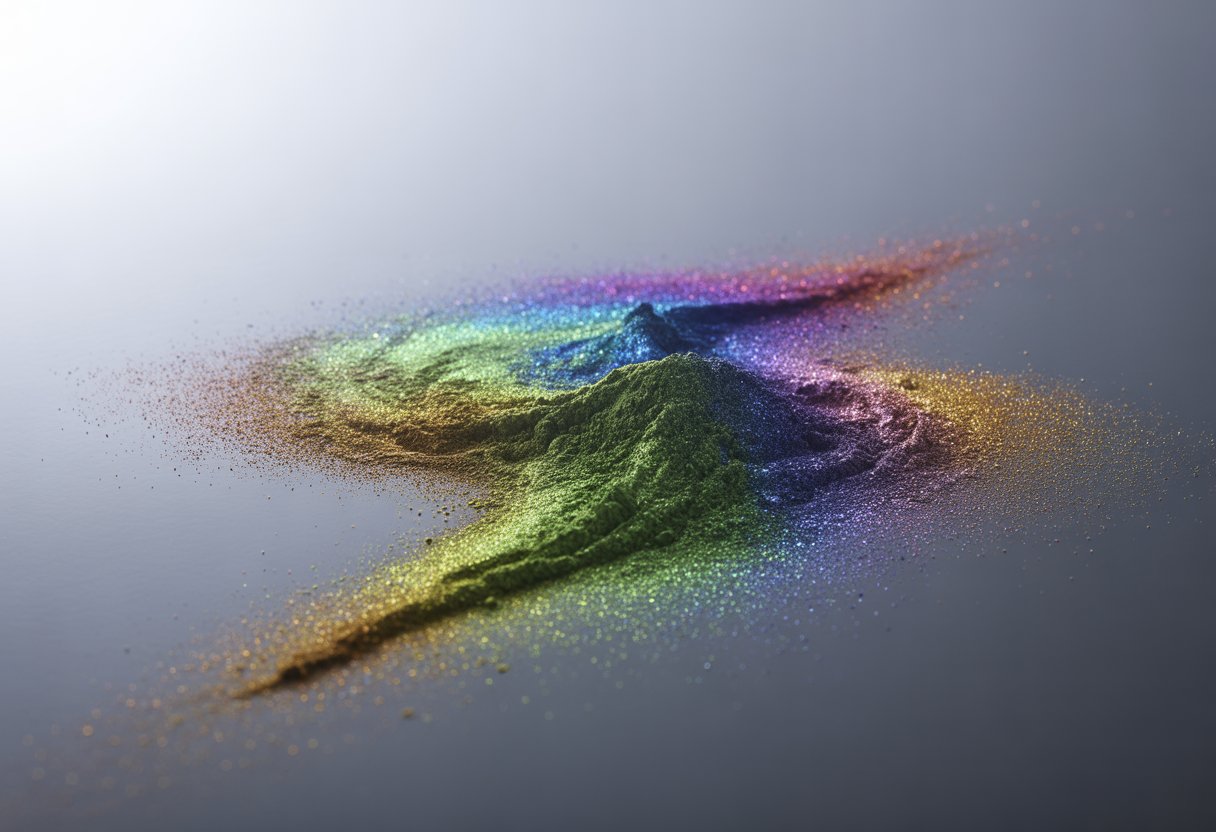
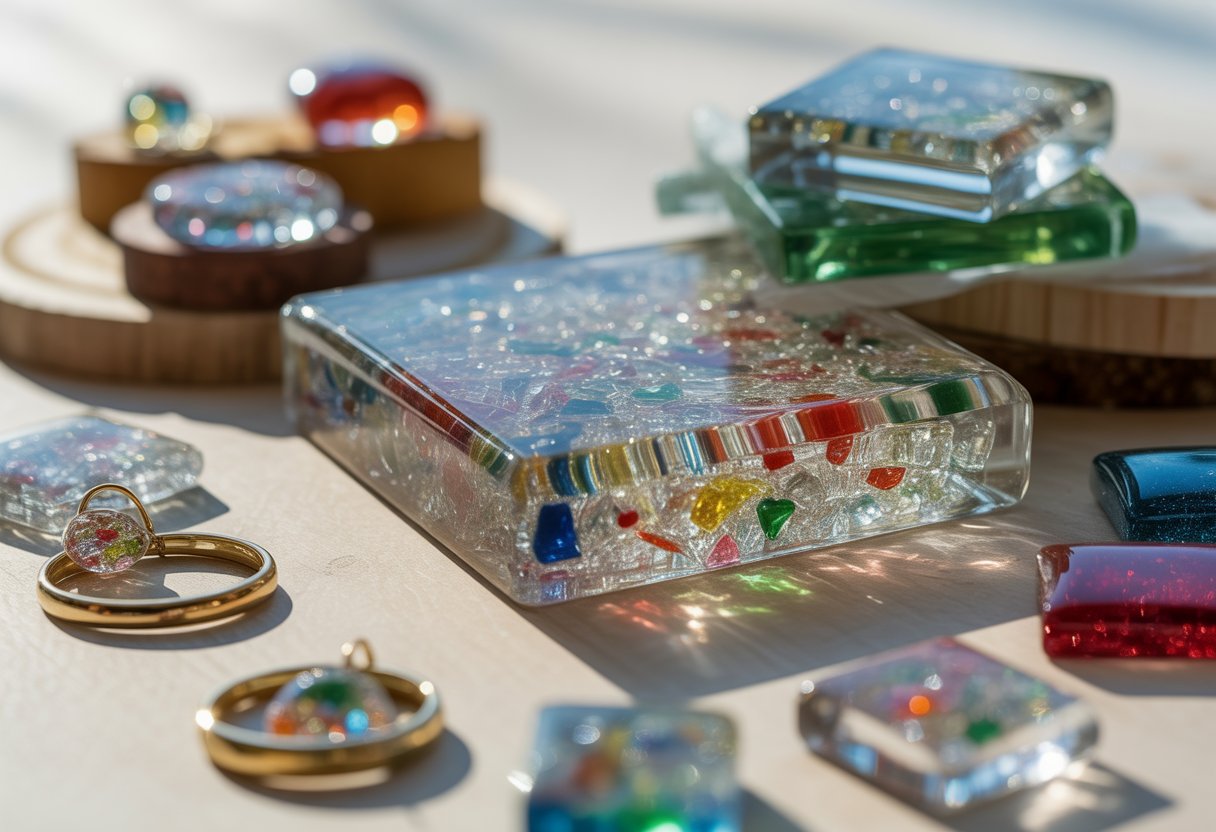


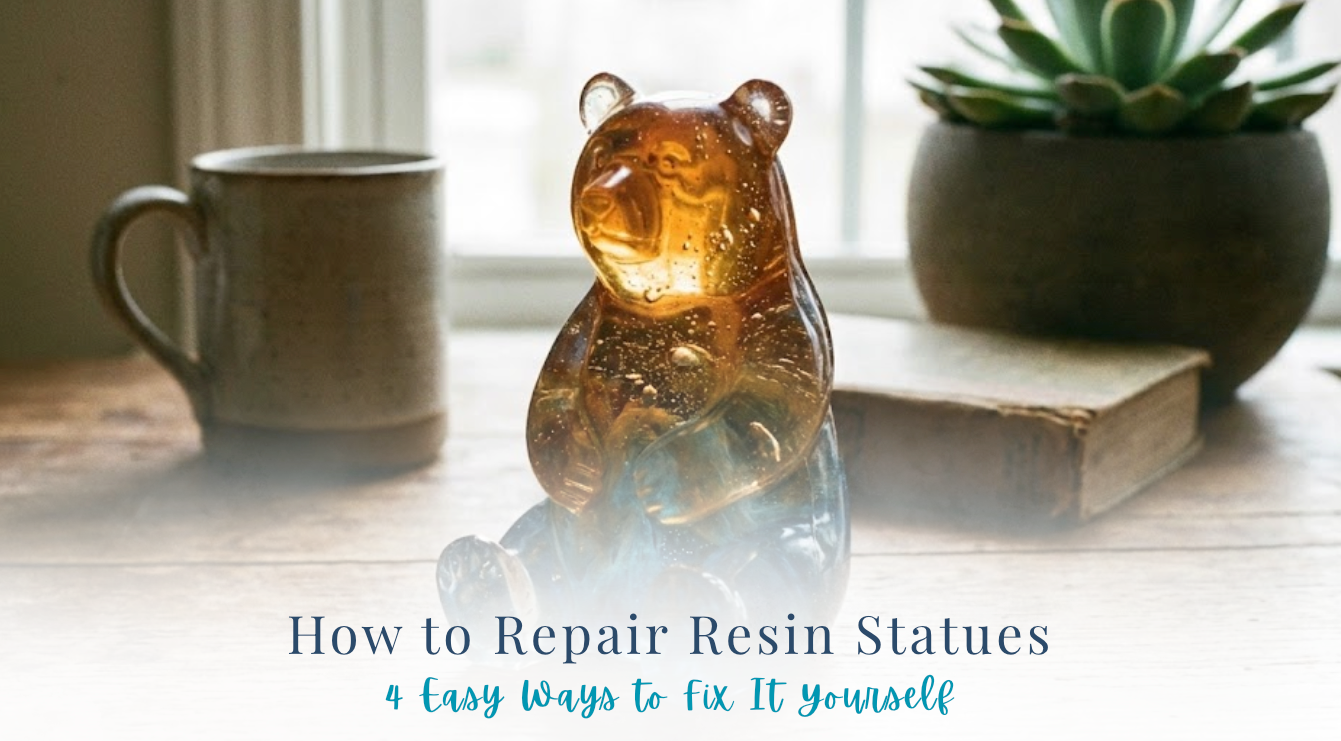

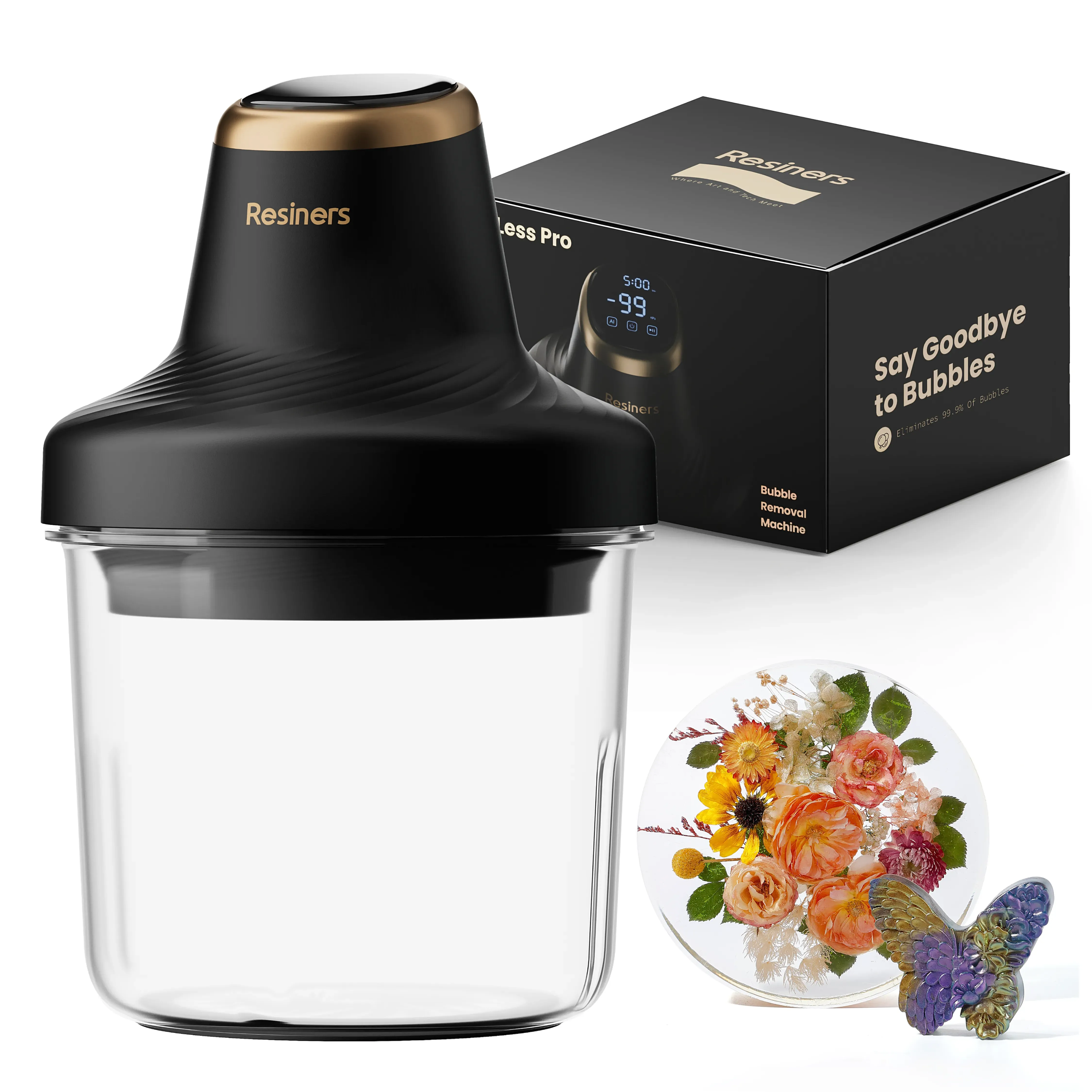



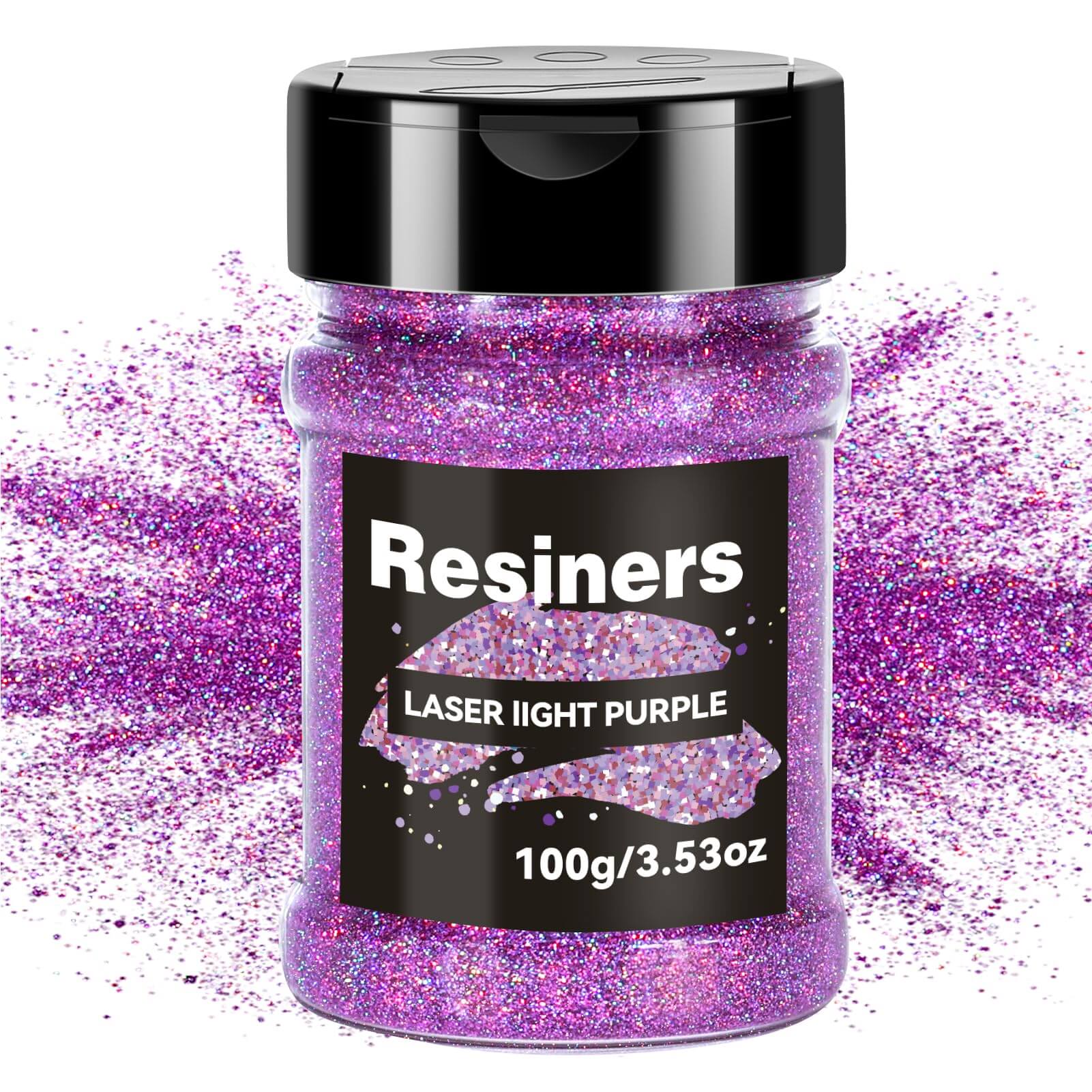
Dejar un comentario
Este sitio está protegido por hCaptcha y se aplican la Política de privacidad de hCaptcha y los Términos del servicio.